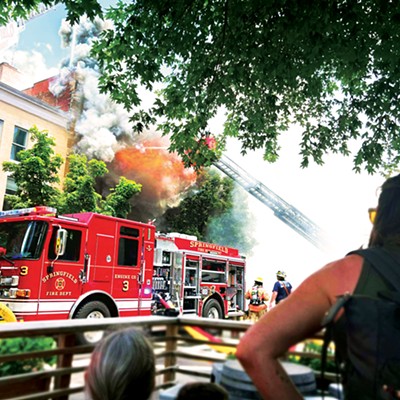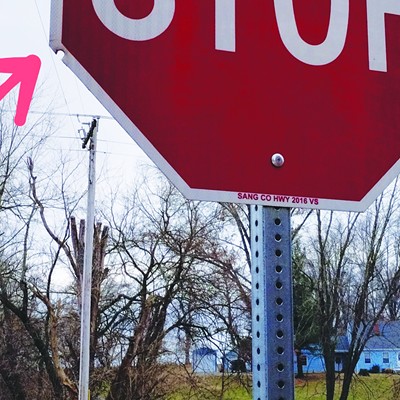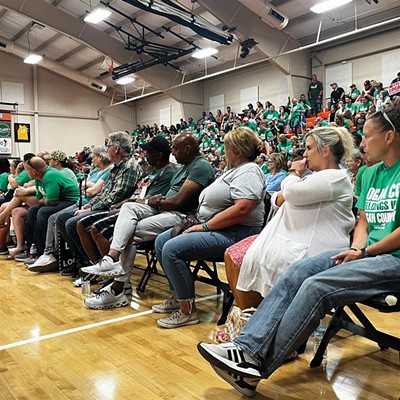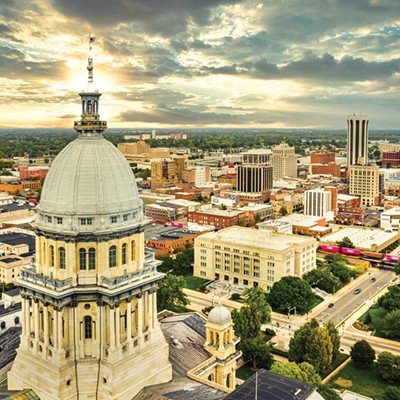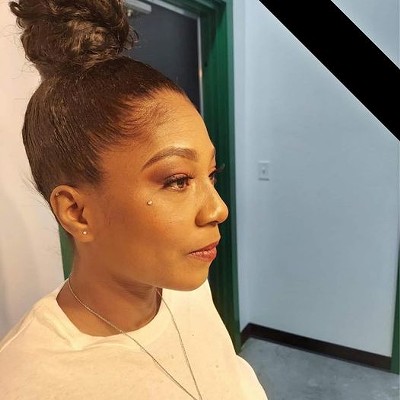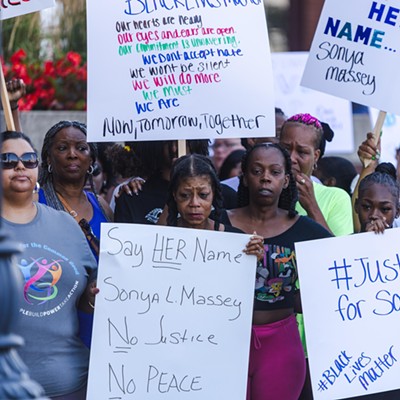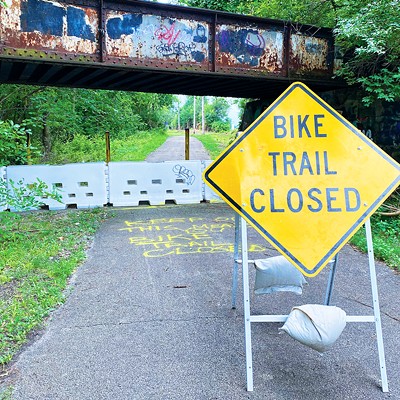It seems there’s a whole bunch of serious women making a serious leap this election year, giving new meaning to the phrase “a march on Washington.”
Most political pundits declare this midterm season The Year of the Woman. That title was coined in 1992. It was minted after Anita Hill’s ungracious grilling by the Senate committee looking at Supreme Court nominee, now justice, Clarence Thomas. It was the year Illinois elected Carol Moseley Braun, the nation’s first female African-American senator.
Whether you look at candidate filings or primary wins by females this year compared with history, the recurring phrase is “record beaten in 2018.” Before Nov. 6 voting, a mere 20 percent of the seats in Congress are held by women. And that is a record high. There is a good chance the fraction of females in the U.S. is higher than one-fifth. You could probably look it up.
On Election Day, 234 women candidates will appear on major-party ballots for the U.S. House of Representatives, 197 Democrats and 59 Republicans, with 22 more females vying for the Senate and a dozen seeking governorships.
Most studies of this surge of female office-seekers reach one obvious and one not-so-obvious conclusion. Of course the demeanor of the current occupant of the White House is a motivator. Less apparent is that women have traditionally been much more reluctant than men to say they have the qualifications to hold public office. Now that they see the president’s scant skill set, they are realizing how low the bar has been set.
Here is a cautionary tale for some female campaigners from The Capital Times in Madison, Wisconsin. “Thinks they are waiting for drugs at the local drug house,” read the call for service to the local police back in late August. The caller was reporting three black women in a mostly white neighborhood. The trio was a grandmother, a mother, and an eight-year-old. The mother was Sheila Stubbs, out knocking on doors in her race for the state legislature. A week later she won her primary.
Here are a few House races upping excitement among some voters coast-to-coast. Sharice Davids in Kansas and Debra Haaland in New Mexico are vying to be the first Native American females in Congress. Davids is a lawyer from the Ho Chunk nation. Haaland, first Native American chair of her state’s Democratic Party, is from the Pueblo of Laguna tribe. Both have Barack Obama connections.
In southwest Texas, home to a large Hispanic population, Air Force veteran Gina Ortiz Jones is also covering some new ground in her race for Congress. As reported in the San Antonio News-Express, “No lesbian, Filipina-American, former intelligence officer has served in Congress, much less from a state known for electing straight, white men in droves.”
Ilhan Omar in Minnesota and Rashida Tlaib in Michigan are set to be the first Muslim women in Congress. Tlaib is running unopposed for the seat long held by John Conyers, who resigned. She is a Palestinian-American but not running in the heavily Arab Dearborn district.
Omar, if elected, will succeed the House’s first Muslim, Rep. Keith Ellison, who resigned to run for Minnesota attorney general. She came to the U.S. as a child refugee from Somalia after living in a Kenyan camp for four years.
The most heavily covered of these candidates is Alexandria Ocasio-Cortez, winner of a New York City primary over a well-established incumbent. She is proud of her membership in the Democratic Socialists of America and often is mentioned first in this year’s crop of progressive women candidates. Here’s something less known about her. An asteroid, 23238 Ocasio-Cortez, was named after her by the International Astronomical Union after she finished second in her Yorktown High School science fair.
See you at the polls.
Doug Kamholz spent a dozen years as co-founder and executive director of Springfield’s Heartland Peace Center. He now writes weekly essays entitled “Wednesday Moorings with Moxie” and may be contacted at
[email protected].
The year of the woman in politics
[
{
"name": "Air - MedRect Combo - Inline Content 1",
"component": "11490391",
"insertPoint": "3",
"requiredCountToDisplay": "1",
"parentWrapperClass": "fdn-ads-inline-content-block"
},{
"name": "Air - MedRect Combo - Inline Content 2",
"component": "11490392",
"insertPoint": "7",
"requiredCountToDisplay": "5",
"parentWrapperClass": "fdn-ads-inline-content-block"
},{
"name": "Air - MedRect Combo - Inline Content 3",
"component": "11490393",
"insertPoint": "12",
"requiredCountToDisplay": "9",
"parentWrapperClass": "fdn-ads-inline-content-block"
}
]
Illinois Times has provided readers with independent journalism for almost 50 years, from news and politics to arts and culture.
Your support will help cover the costs of editorial content published each week. Without local news organizations, we would be less informed about the issues that affect our community..
Got something to say?
Send a letter to the editor and we'll publish your feedback in print!


